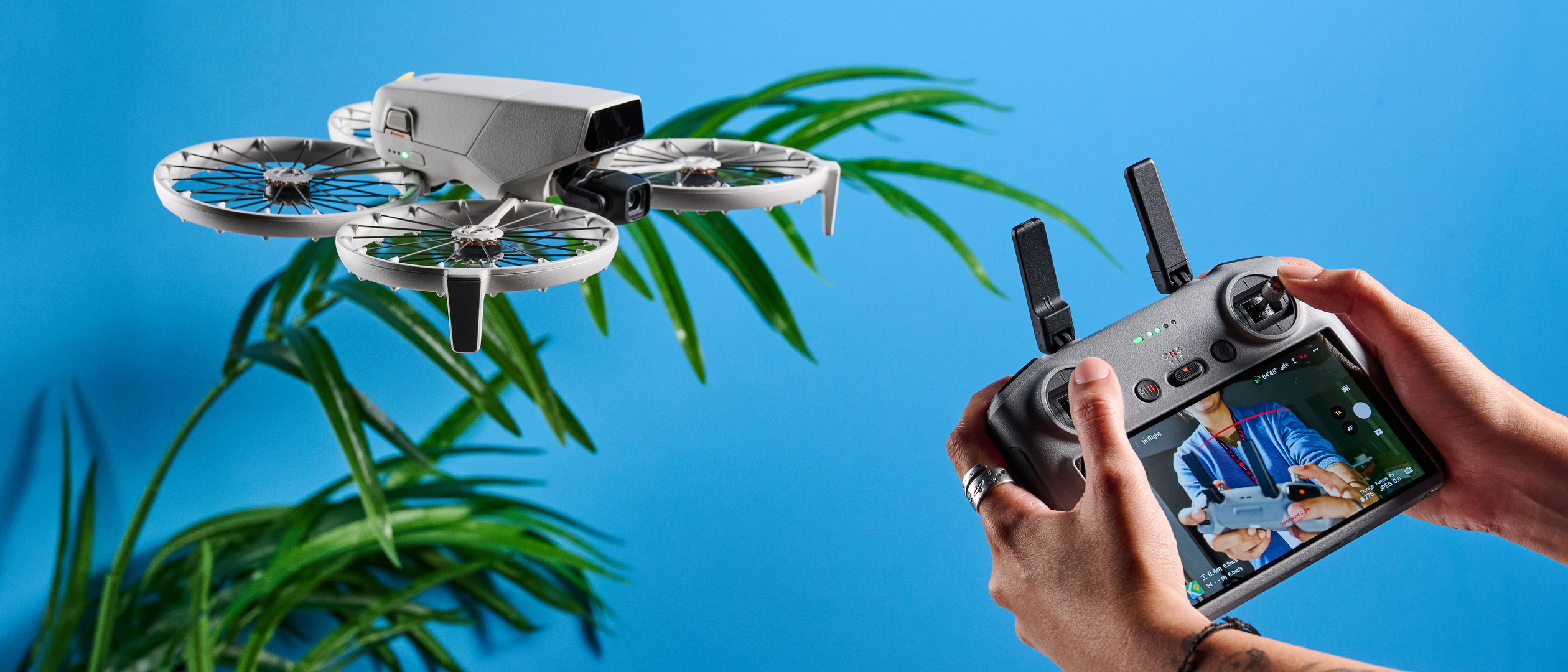Tom's Guide Verdict
The DJI Flip is a solid mid-range drone, perfect for those looking to upgrade from older DJI models. It captures detailed 48MP stills in all lighting conditions, and records gorgeous 4K/60fps footage. It’s great for content creators as it features many shooting modes, plus it’s built really well and sports a slick design. However, it has a lower flight time than cheaper models, even from DJI itself. It proves susceptible to gusts of wind, and features forward-facing obstacle avoidance only.
Pros
- +
Smooth 4K/60fps video
- +
Detailed 48MP stills
- +
Lots of shooting modes
- +
Premium build, great design
- +
Great value for money
Cons
- -
Lower flight time than the Mini 3
- -
Susceptible to gusts of wind
- -
Only forward obstacle avoidance
Why you can trust Tom's Guide
The DJI Flip just joined the tech giant’s fleet of camera drones, and having tested it for a few weeks, I can confidently say that this could be one of the best drones for most people.
Starting at $439, the mid-range Flip captures stunning images with its 48MP camera, plus 4K/60fps footage that’s smooth, gorgeous and stable thanks to the three-axis gimbal design. A compact drone that’s built really well and looks great, the Flip offers a variety of shooting modes too. However, its flight time is less than that of the cheaper DJI Mini 3, while its light weight make it susceptible to gusts of wind, and it has forward-facing obstacle avoidance only.
For the complete breakdown, read my full DJI Flip review.
DJI Flip review: Specs
| Specs | DJI Flip |
|---|---|
| Price | Starts at $439 / £369 |
| Flight time | 31 minutes |
| FAA/CAA registration | Not required |
| Cameras | One |
| Image sensor | 1/1.3-inch CMOS |
| ISO | Up to 6,400 |
| Shutter speed | 1/16000-2s (12MP photo) | 1/8000-2s (48MP photo) |
| Aperture | f/1.7 |
| Focus | 1m to ∞ |
| Max video resolution | 4K/60fps, FHD/100fps |
| Stabilization | Three-axis mechanical gimbal |
| Indoor use | Yes |
| Propellers | Four |
| Max takeoff altitude | 3000m |
| Max flight distance | 8.69 miles (14km) |
| Navigation system | GPS, Galileo, BeiDou |
| RC-2 controller battery life | Up to 4 hours |
| Internal storage | 2GB |
| Size | 11 x 9.17 x 3.11 inches (unfolded) |
| Weight | 0.54lbs |
DJI Flip review: Cheat sheet
- What is it? DJI’s latest drone with full-coverage propeller guards
- Who is it for? For budget-conscious pilots looking to upgrade to an advanced drone
- How much does it cost? The DJI Flip starts at $439 / £369 and goes all the way up to $779 / £659
- What do we like? The premium build quality and great design, detailed 48MP stills, smooth 4K/60fps video, and the plethora of shooting modes
- What don’t we like? The lighter weight means it’s susceptible to gusts of wind, its flight time is lower than that of the cheaper Mini 3, and it features only forward obstacle avoidance
DJI Flip review: Price & availability
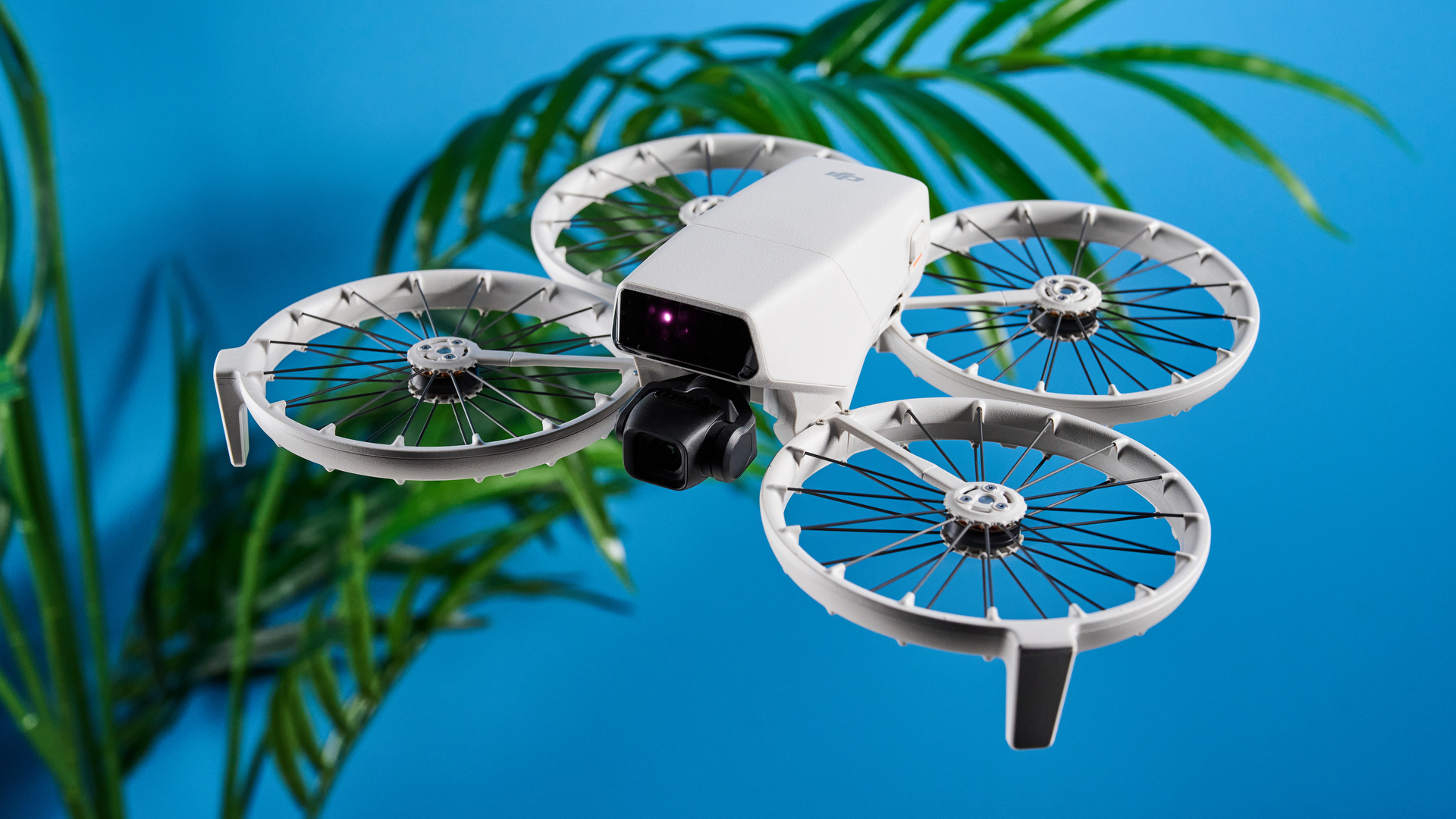
Launched on January 14 2025, the DJI Flip has a retail price of $439 at DJI U.S. / £369 at Amazon U.K. for the drone and the RC-N3 controller, and this jumps to $639 / £549 if you want the RC-2 controller. You can also get the Fly More combo which includes two additional batteries, a charging hub and a shoulder bag for $779 / £659.
The brand new Flip is a mid-range drone that sits between the DJI Mini 3 ($419) and the DJI Mini 4 Pro ($759). The Flip offers features similar to the Mini 4 Pro, making it an excellent choice for budget-conscious pilots.
DJI Flip review: Design & controls
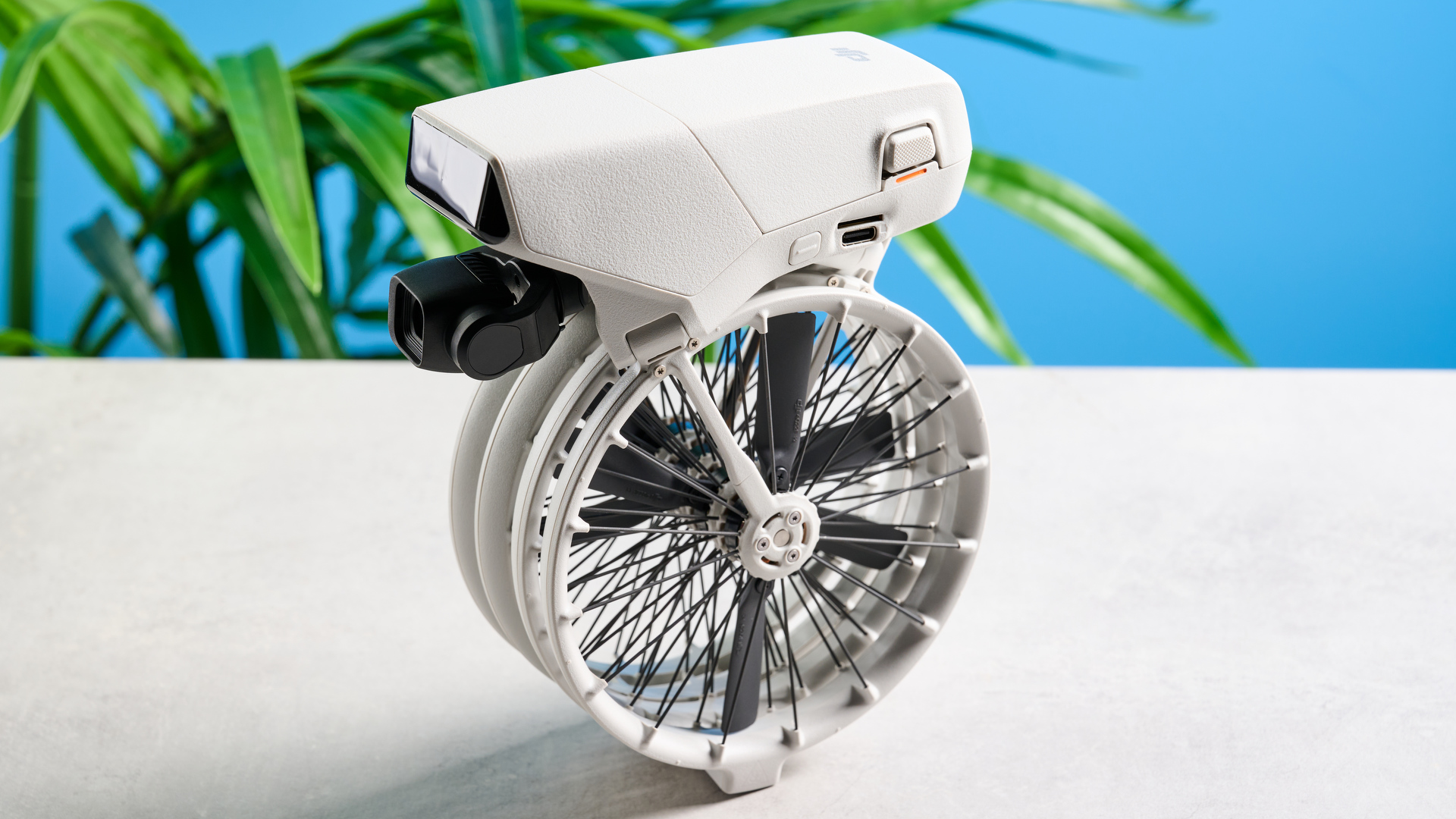
When I first unboxed the DJI Flip, I thought it looked like a droid from Star Wars, and when its propellers are folded, it bears resemblance to the HoverAir X1 ($299). I think it looks fantastic. It’s made of high-quality plastic in light grey, and it doesn’t look or feel cheap. Its propellers are encased in guards — similar to the DJI Neo ($199) — which means you can fly it indoors. The propellers fold underneath the Flip and click into place, ensuring they stay secure.
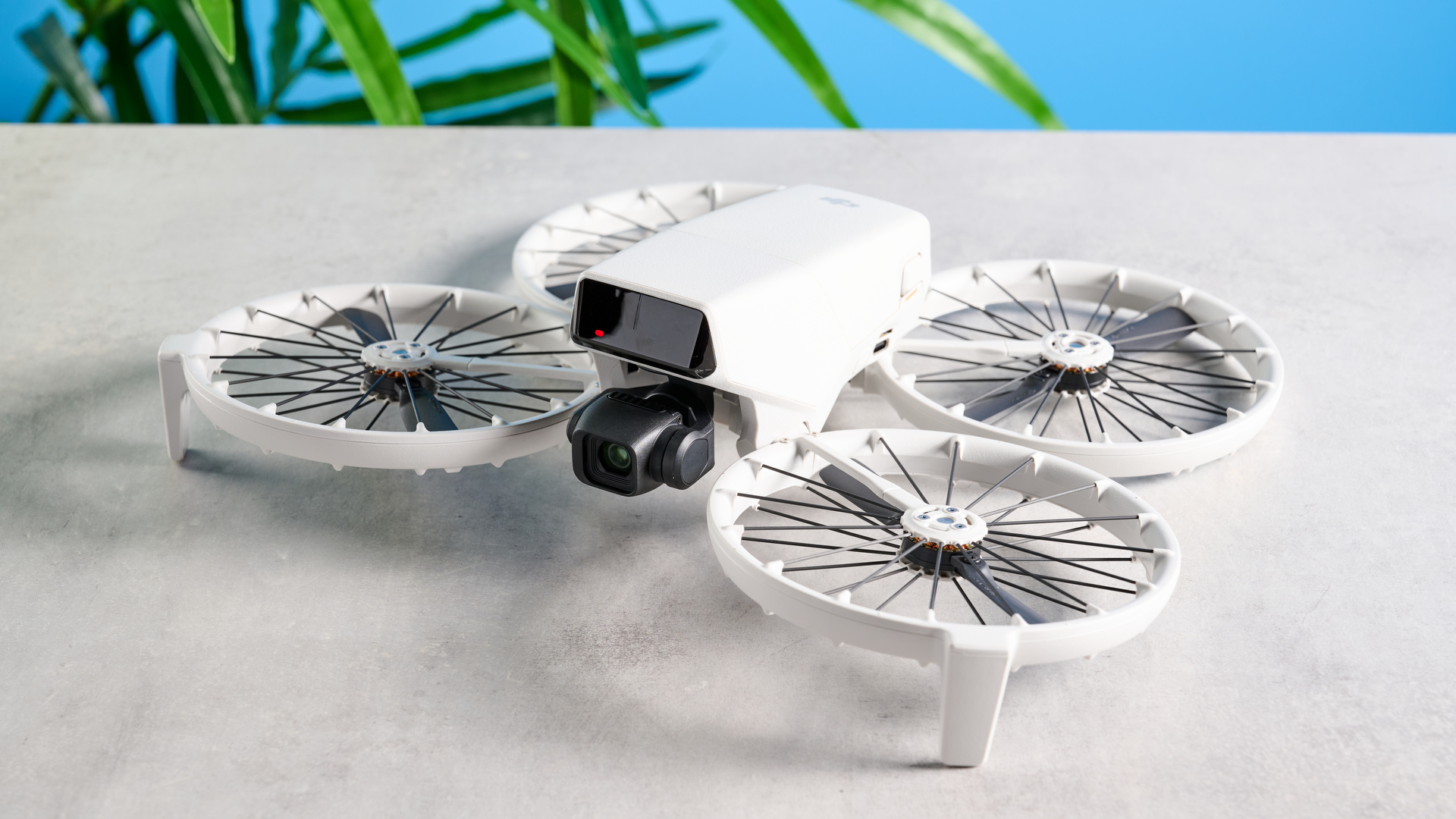
The drone measures 11 x 9.17 x 3.11 inches (unfolded) and its compact size makes it great to travel with. It isn’t very heavy either, weighing just over 8 ounces (249g). I carried the drone, RC-2 controller, spare batteries and charging hub in the included shoulder bag for hours while testing and didn’t feel uncomfortable at all.
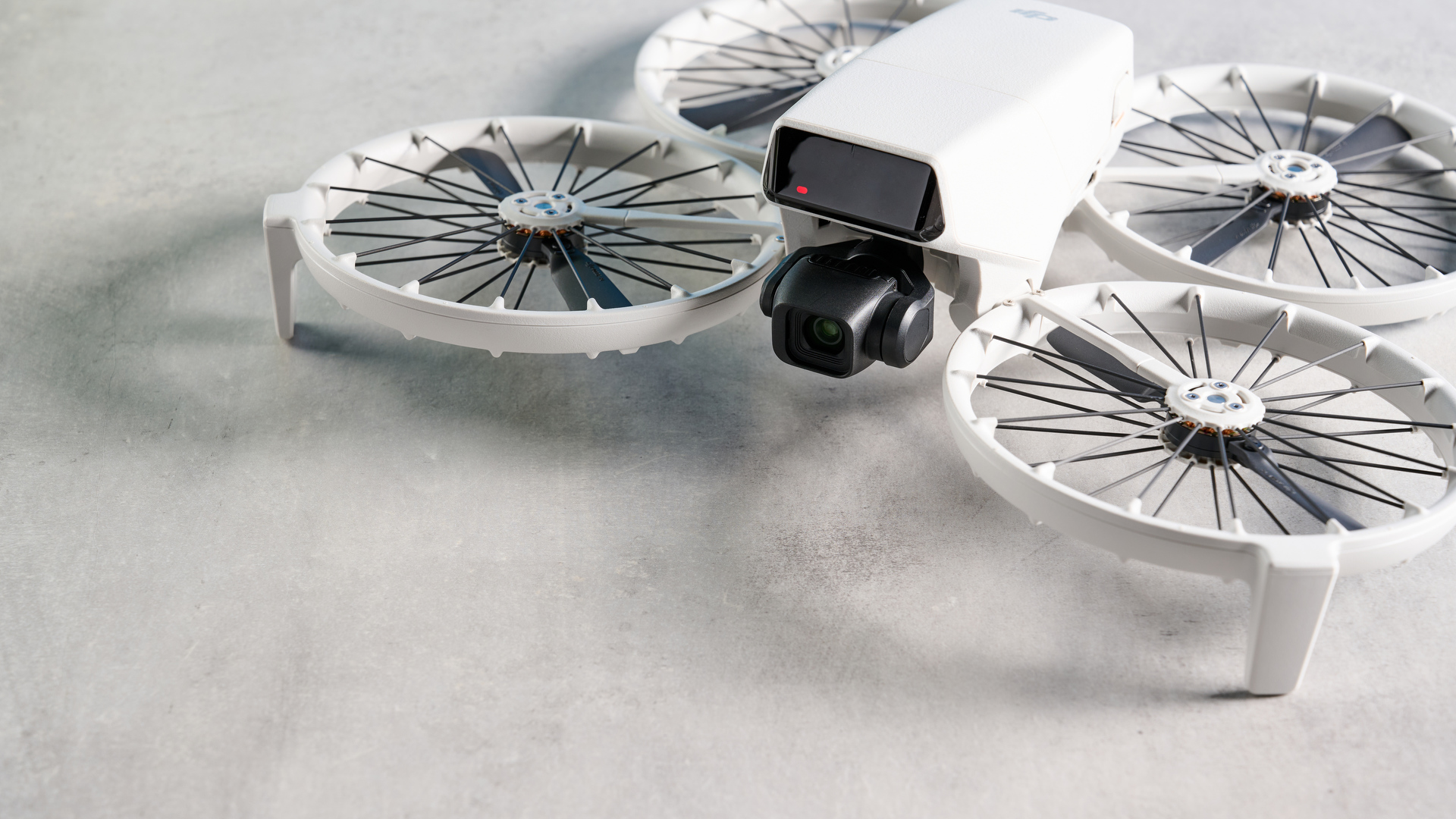
The drone’s body hosts a couple of physical buttons. On the right edge is the power button while the left edge houses the QuickShot button (more on this soon). There’s also a small screen above the camera which shows you the active QuickShot mode.
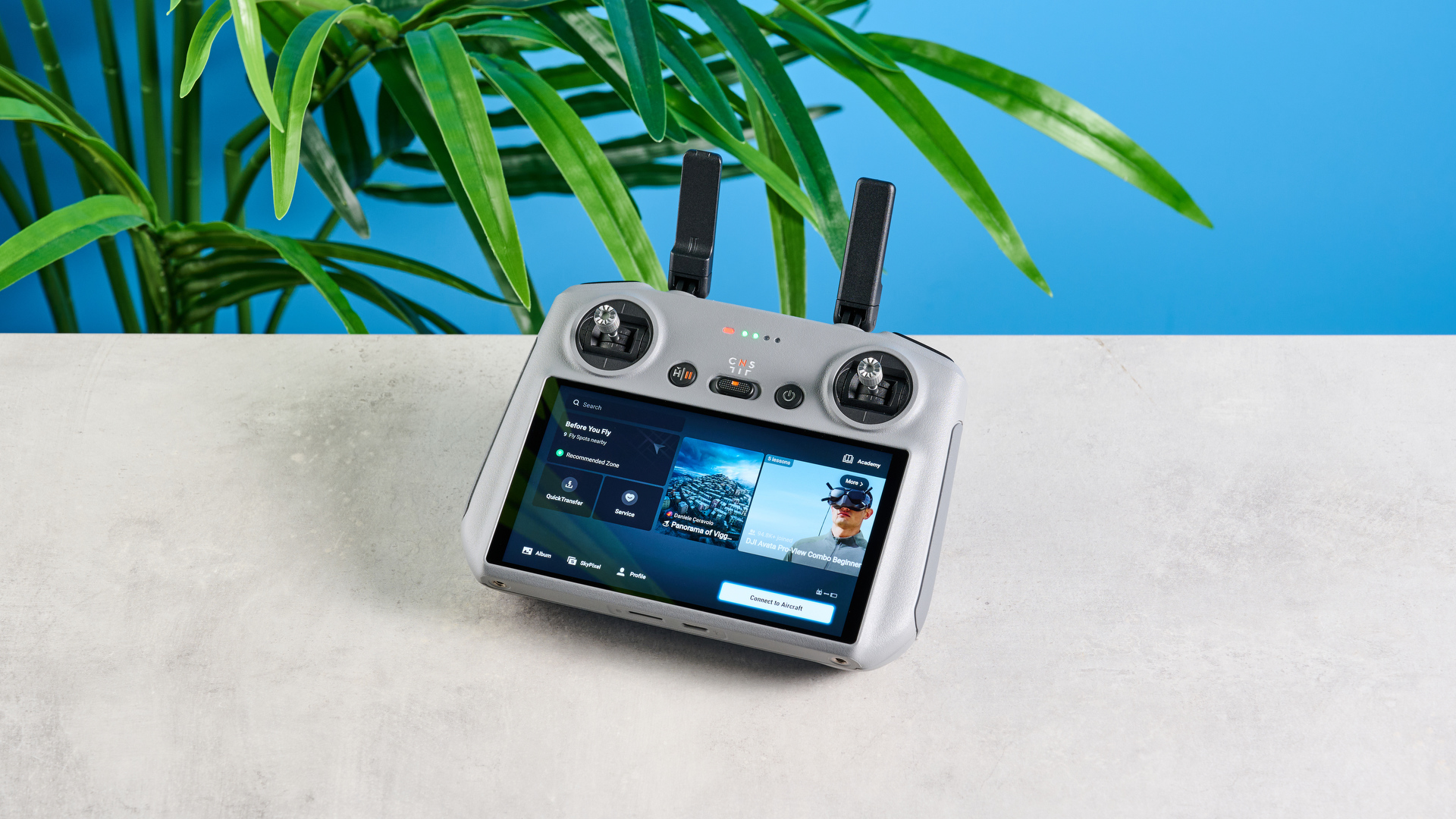
I tested the Fly More combo with the RC-2 controller. which has a 5.5-inch 1080P 700-nit bright touchscreen. This is my favorite of the two controllers (the other being the RC-N3 which doesn’t have a touchscreen, and requires you use your smartphone as a display). The detachable joysticks are comfortable to use for long hours while being extremely comfortable. With four antennas, the RC-2 transmits clear, low-latency footage within a 12.42-mile range. The Flip has a maximum flight distance of 8.69 miles so you don’t need to worry about the controller losing range.
DJI Flip review: Features
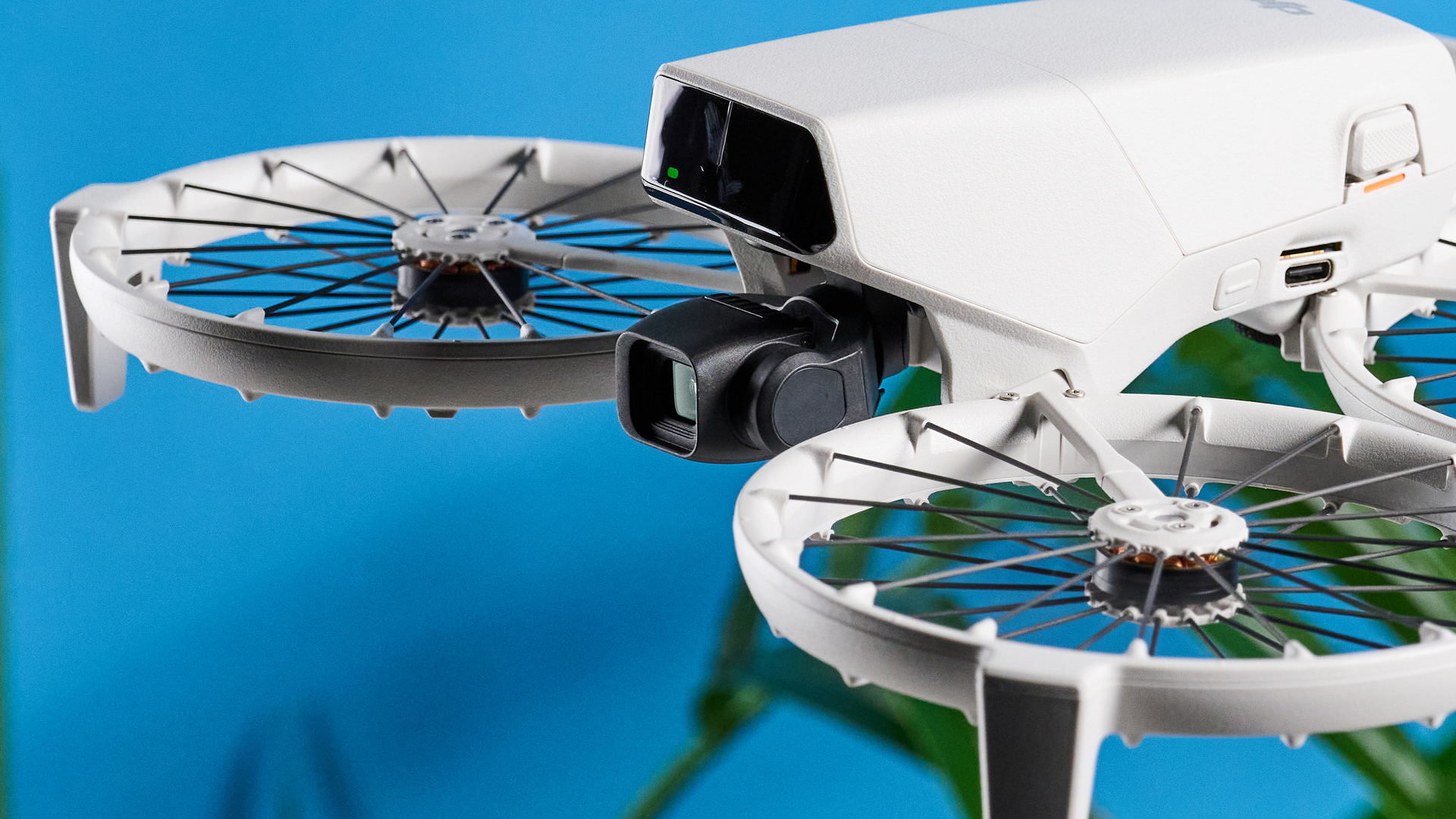
If you’re looking to upgrade from the DJI Mini 3 but don’t want to spend a lot on the DJI Mini 4 Pro, you should get the DJI Flip. From its video and stills specs to its stabilization technology and smart shooting modes, the Flip is chock-full of features. It utilizes a three-axis mechanical gimbal to ensure footage remains smooth and you can pan, roll and tilt as needed. For context, the DJI Neo features a single-axis design which means the resulting footage is slightly choppy when it’s very windy. The Flip can remain stable in windy conditions up to 10.7 m/s (level 5 wind), just like the Mini 3 and the Mini 4 Pro.
Similar to the DJI Neo, the Flip also features palm takeoff and landing. Simply place your palm underneath the drone and it will land in your hand.
Bear in mind that the Flip features forward obstacle avoidance only (when not in Sport mode) which can be reassuring for new pilots and veterans, but be mindful of sideways and backward movements. The Mini 4 Pro features omnidirectional obstacle avoidance while the Mini 3 doesn’t feature any at all.
The Flip offers a plethora of shooting modes too. This includes MasterShots (where you can create a flight path to create cinematic videos), QuickShots (timed videos with specific movements, like dronie, spotlight, circle, etc.), Hyperlapse, panoramas, and vertical shooting. All of these work very well. For QuickShots, the Flip utilizes AI subject tracking to keep the subject in focus, as can be seen in the footage above. You don’t even need a controller to toggle one of the QuickShot modes. Pressing the button on the Flip’s left edge will let you cycle through the modes and the drone will even complete the filming automatically — nifty!
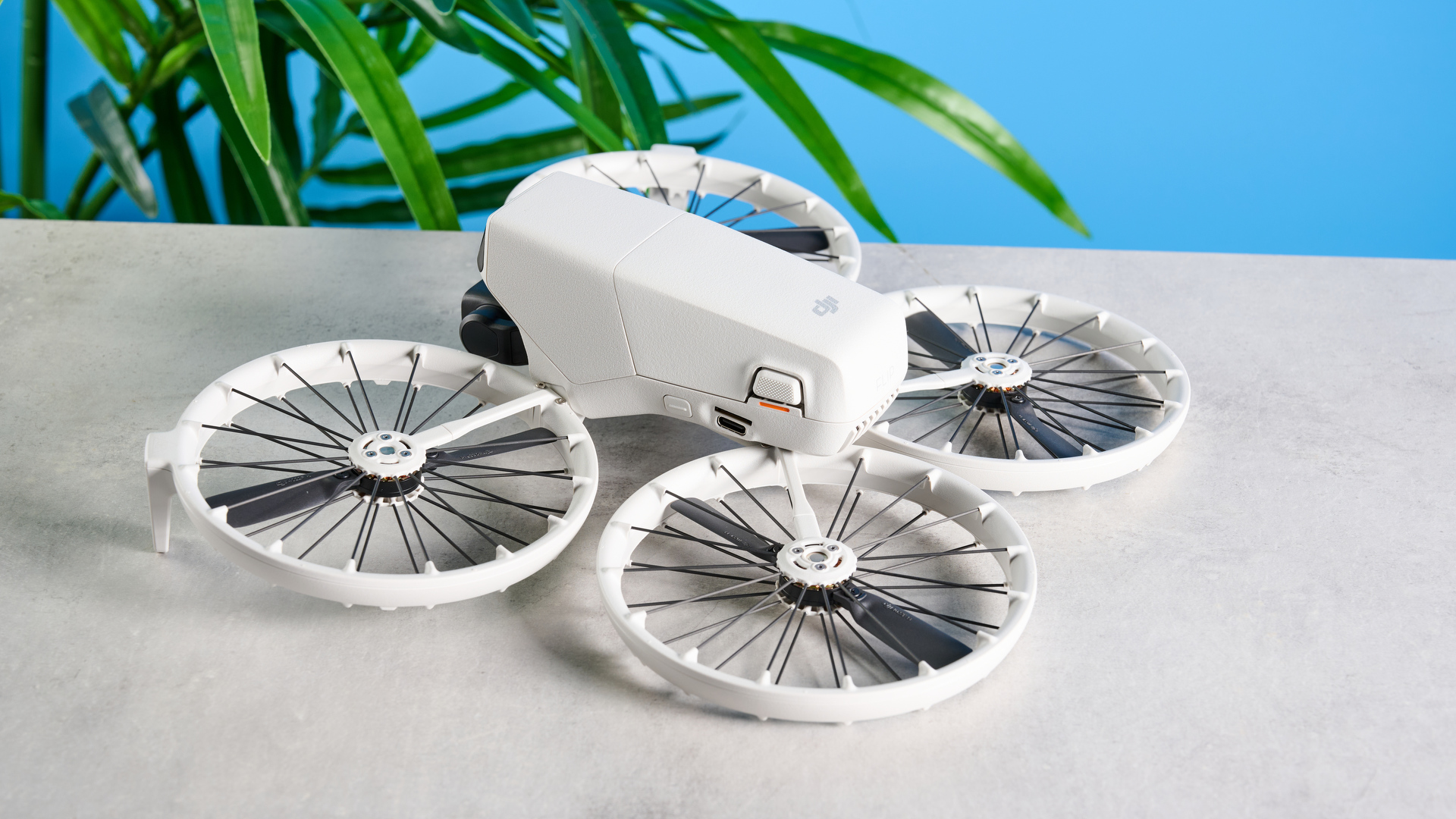
It’s important to note that the Flip’s internal storage is limited to just 2GB, so you’ll need to buy a microSD card. Nonetheless, this is a notable upgrade over the Mini 3 which has no internal storage at all — and it’s the same capacity as the pricier Mini 4 Pro.
DJI Flip review: Image quality
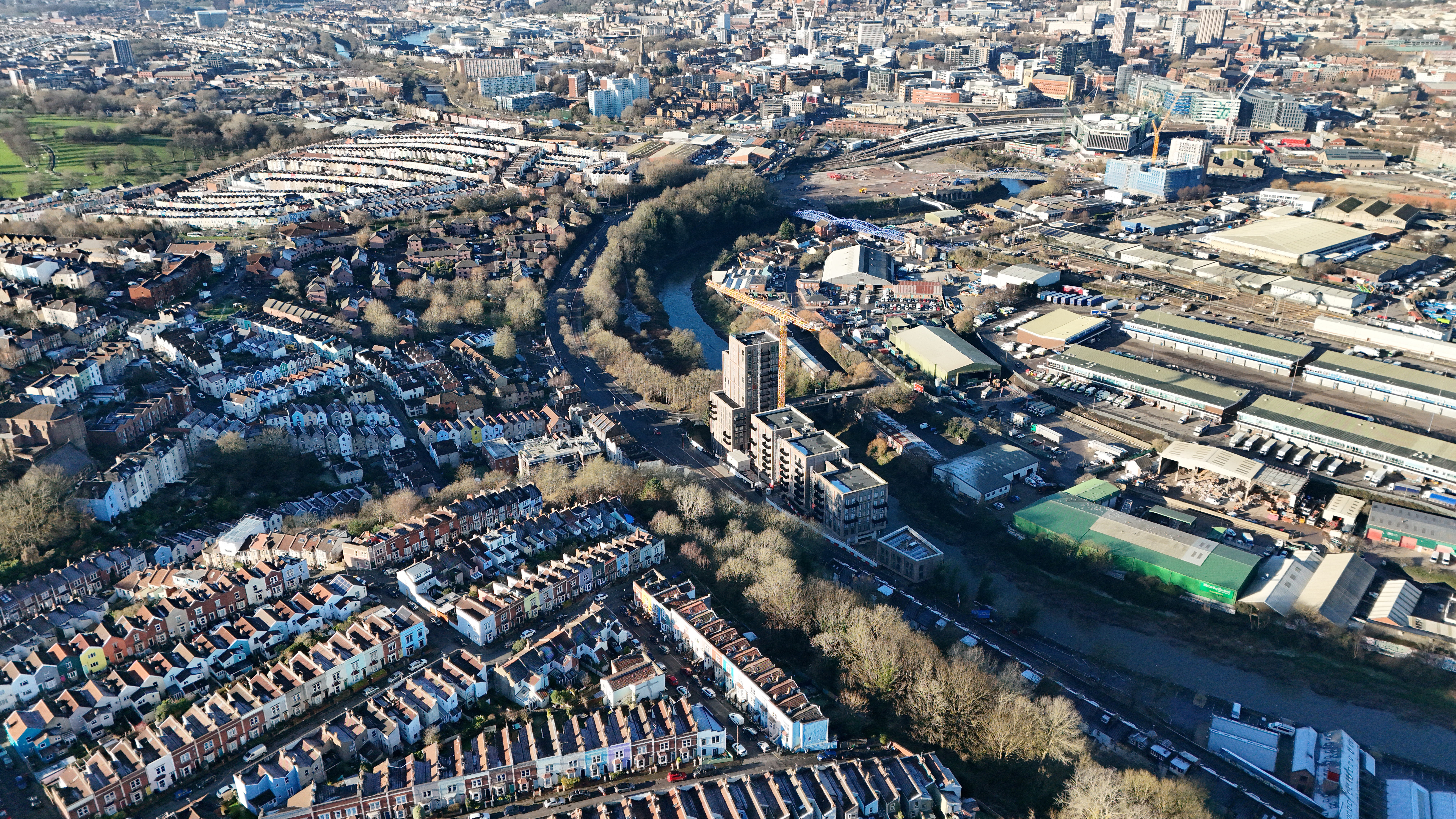
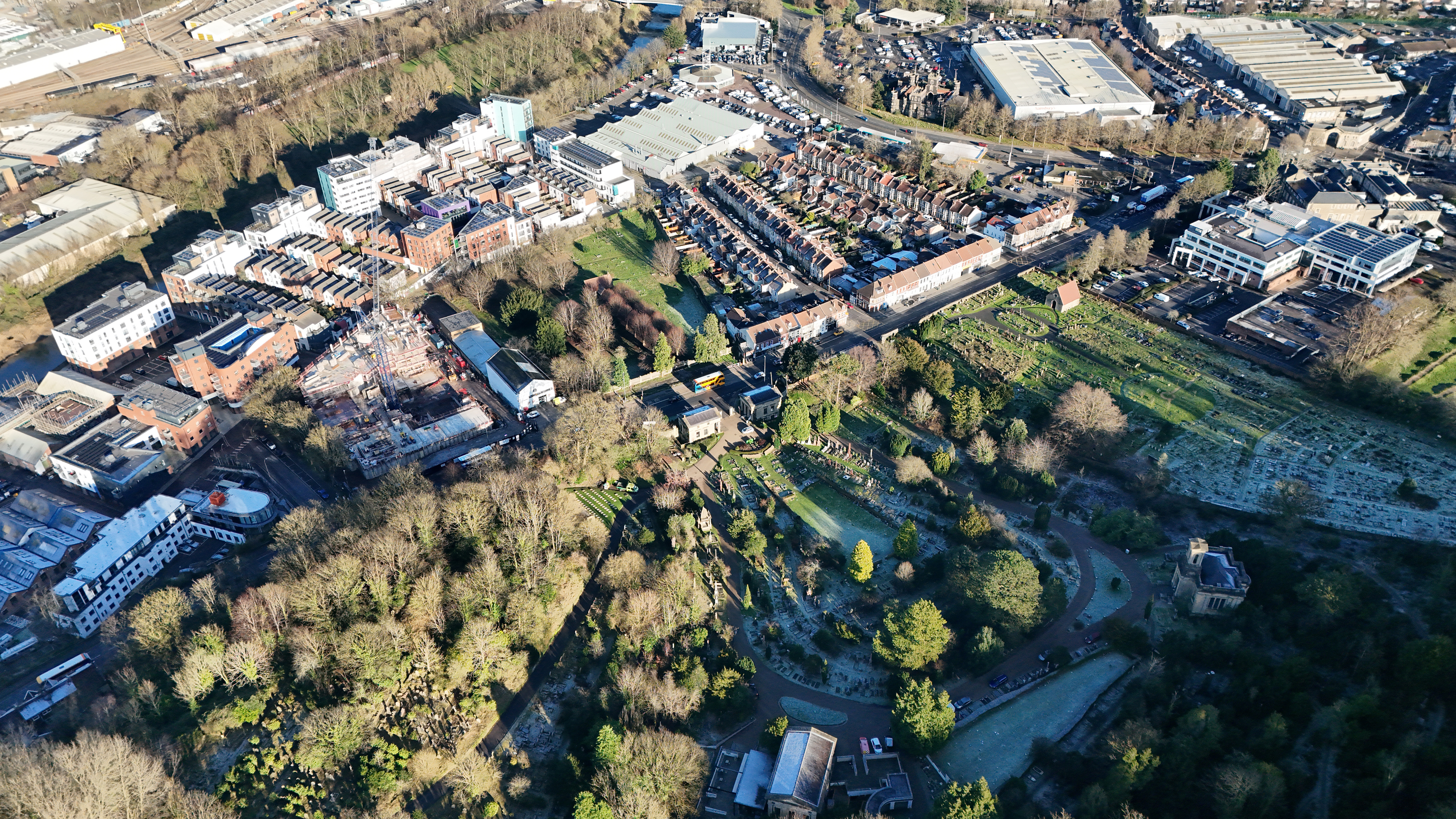
The DJI Flip features the same 1/1.3-inch CMOS sensor that we’ve seen on the DJI Mini 4 Pro, and it takes either 12MP or 48MP stills. You can also shoot RAW photos for more creative freedom in post-production, but even the straight-out-of-camera JPEGs are very detailed. You can see a couple of examples of the 48MP stills in the gallery above.
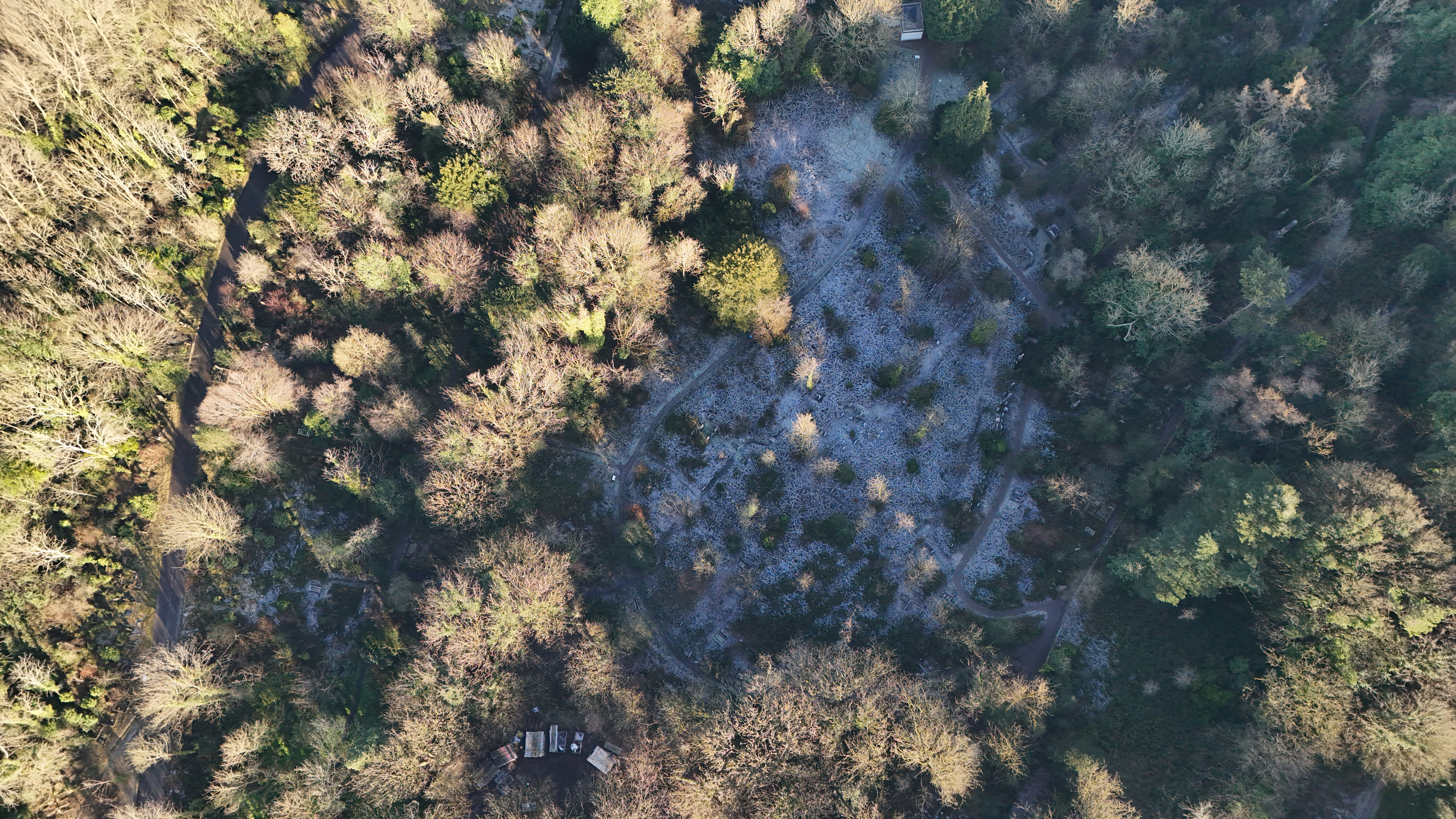
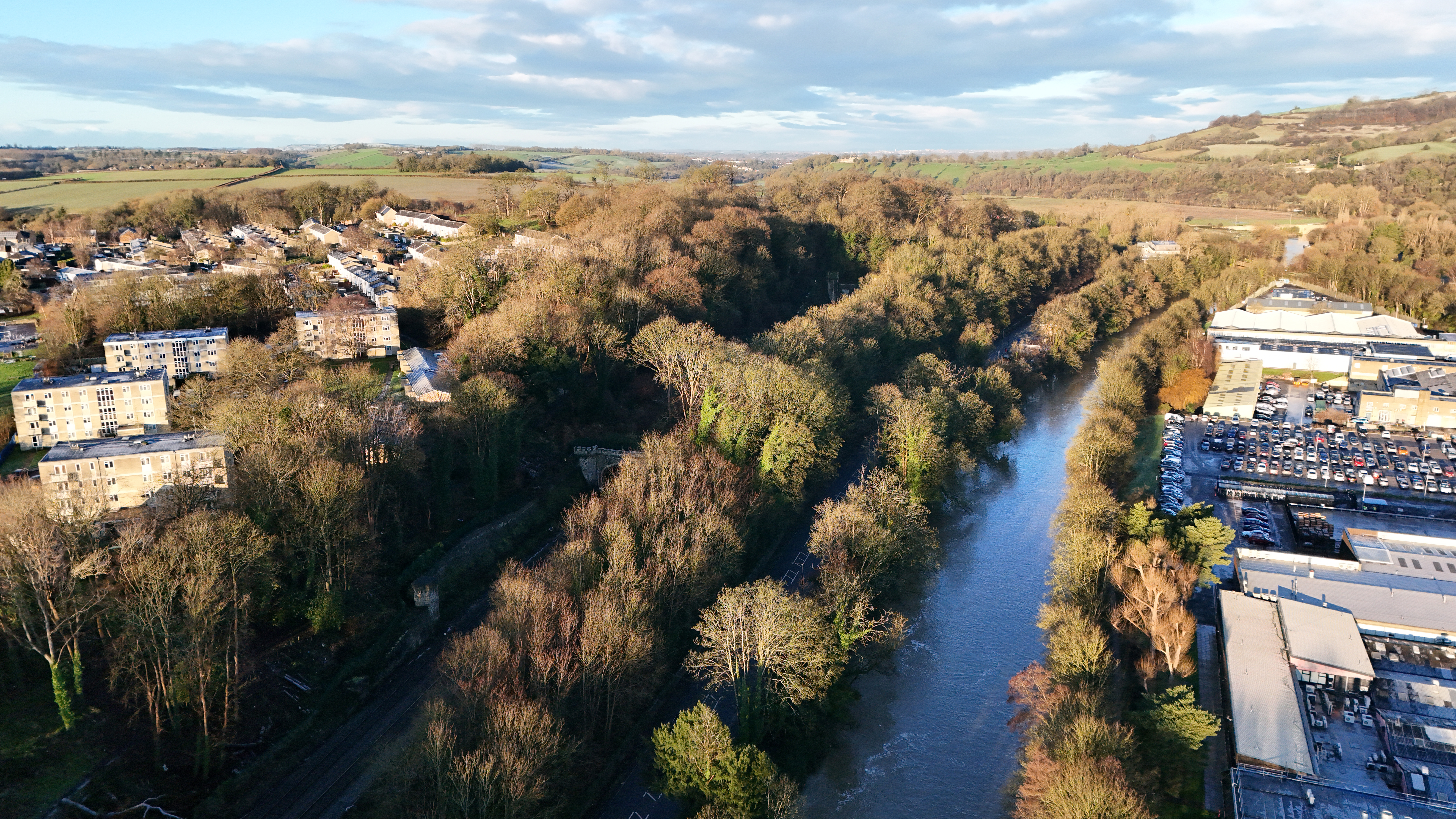
Color reproduction is very faithful, as you can see above. In the first shot, I love how the Flip has captured the different shades of green and the way the sun shines on the foliage on the left-hand side. The frost on the ground looks great too.
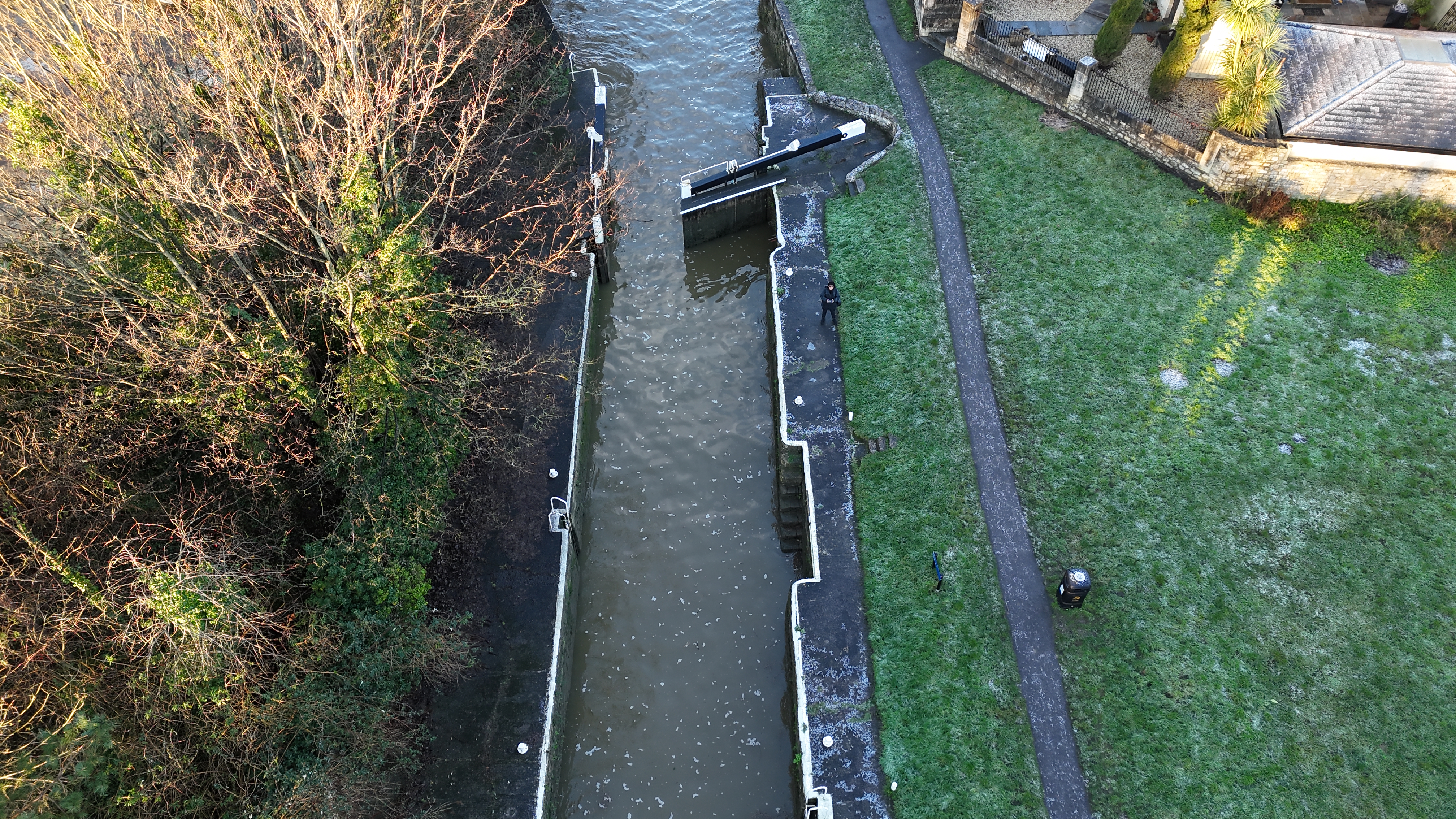
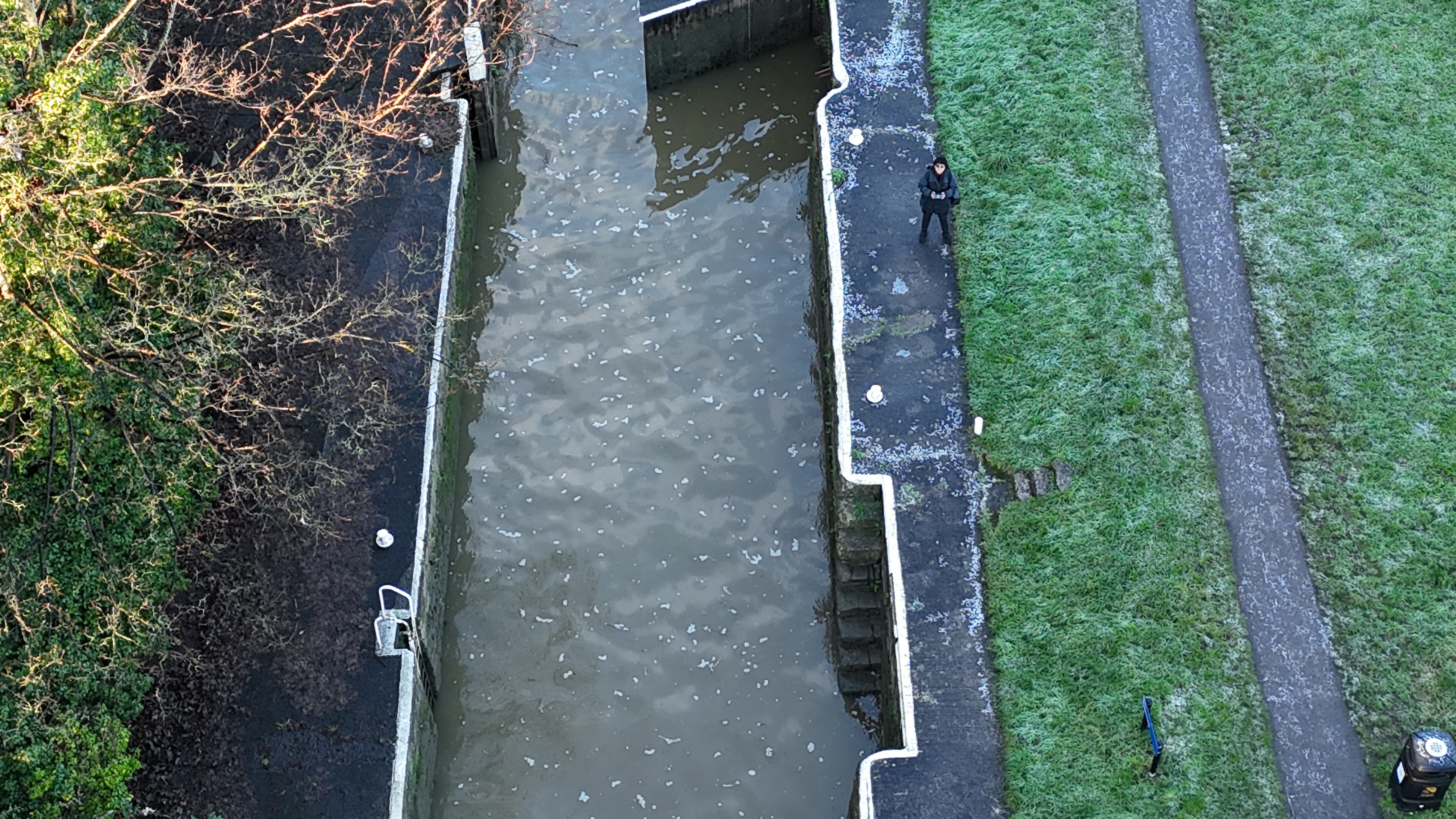
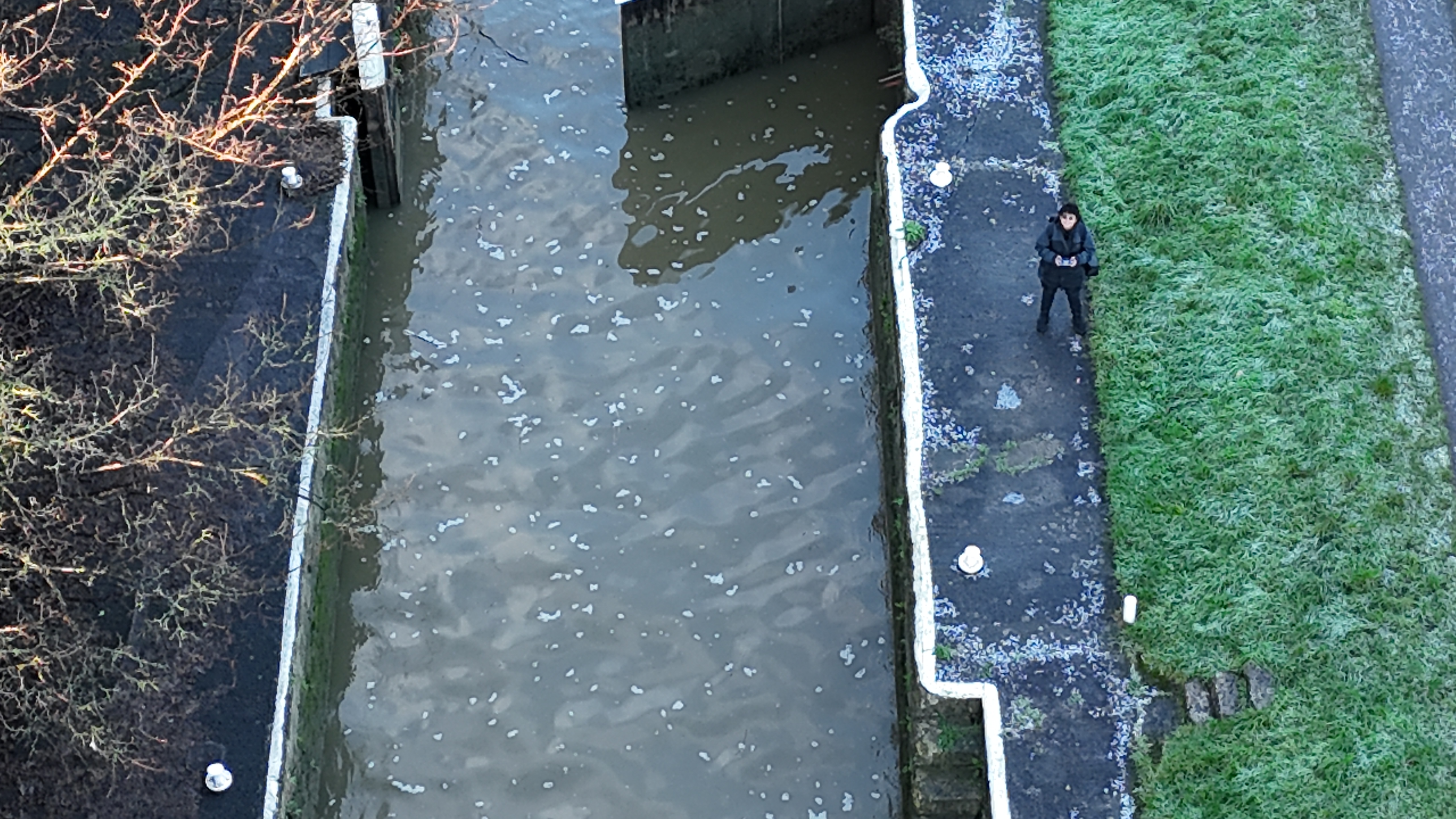
If you’re shooting 12MP photos, you get access to a 3x digital zoom. Compared to 48MP photos, you don’t get as much detail in 12MP ones and you lose even more when you zoom in, as you can see in the gallery above. In the third photo with me in shot, my features are barely discernible and the third photo is quite grainy.
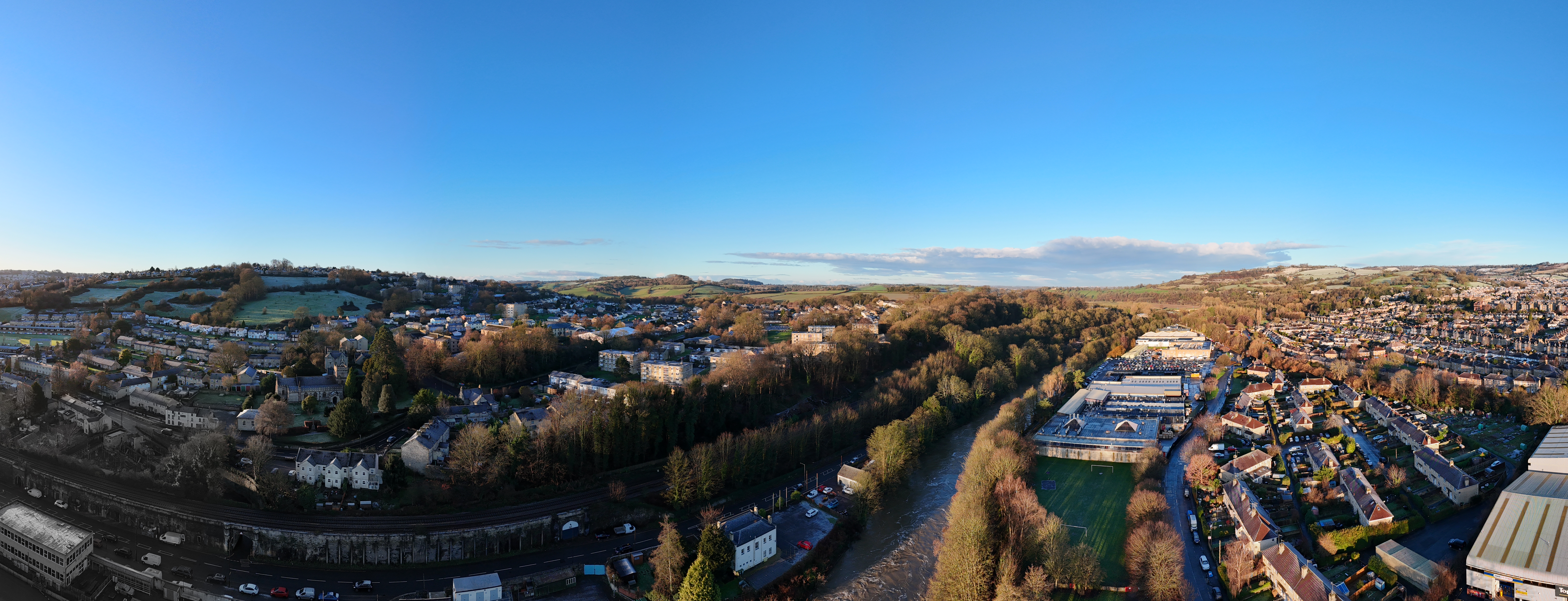
Like I mentioned before, the Flip can shoot panoramas which are similar in quality to the ones taken on the DJI Air 3S ($1,099), as you can see above.
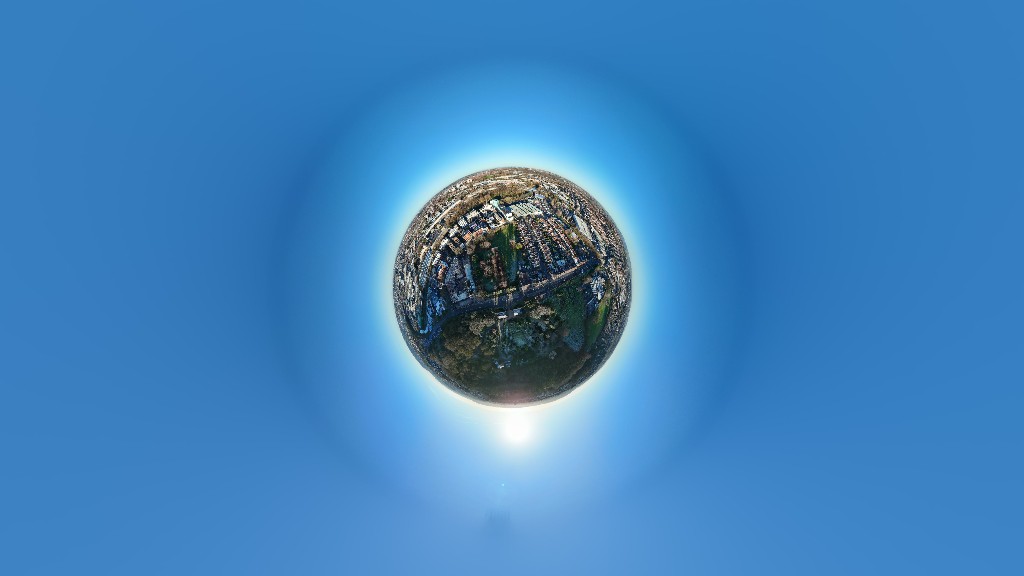
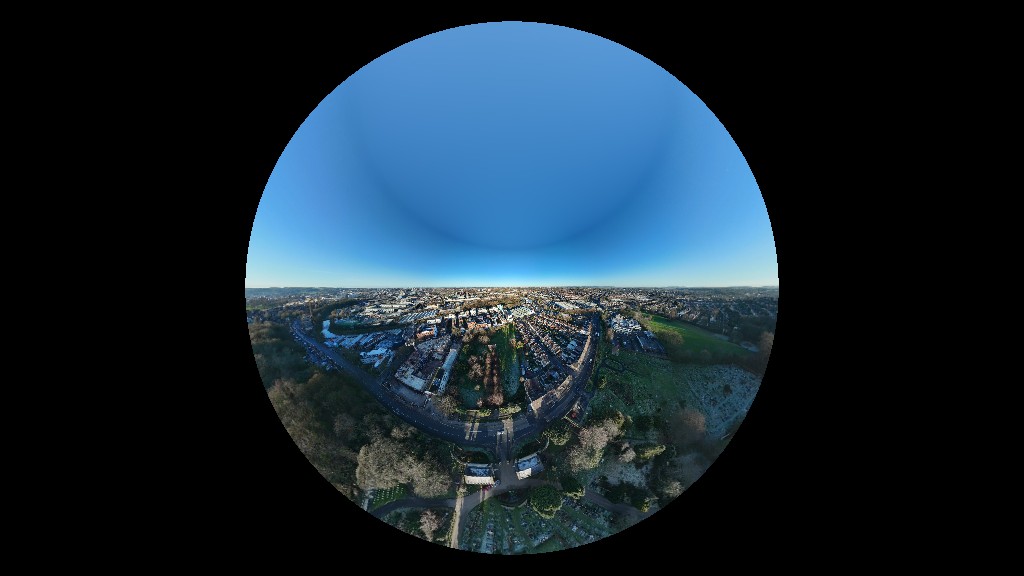
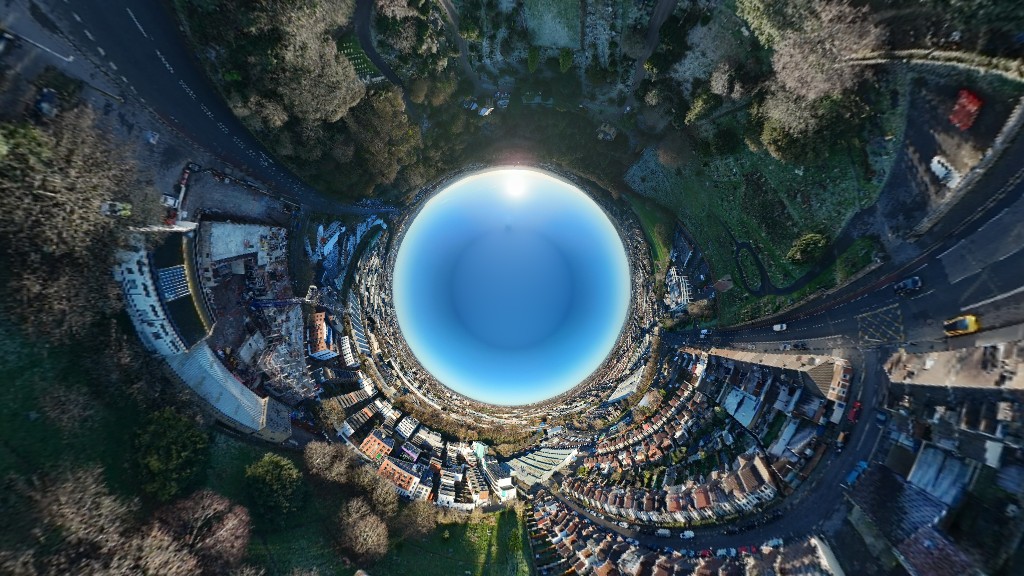
What’s more, it can shoot spheres too. Basically, the drone will remain in one spot and capture 25 frames and stitch them together to create a 3D landscape which you can then zoom into on either the RC-2 controller or your smartphone — like street view on Google Maps.
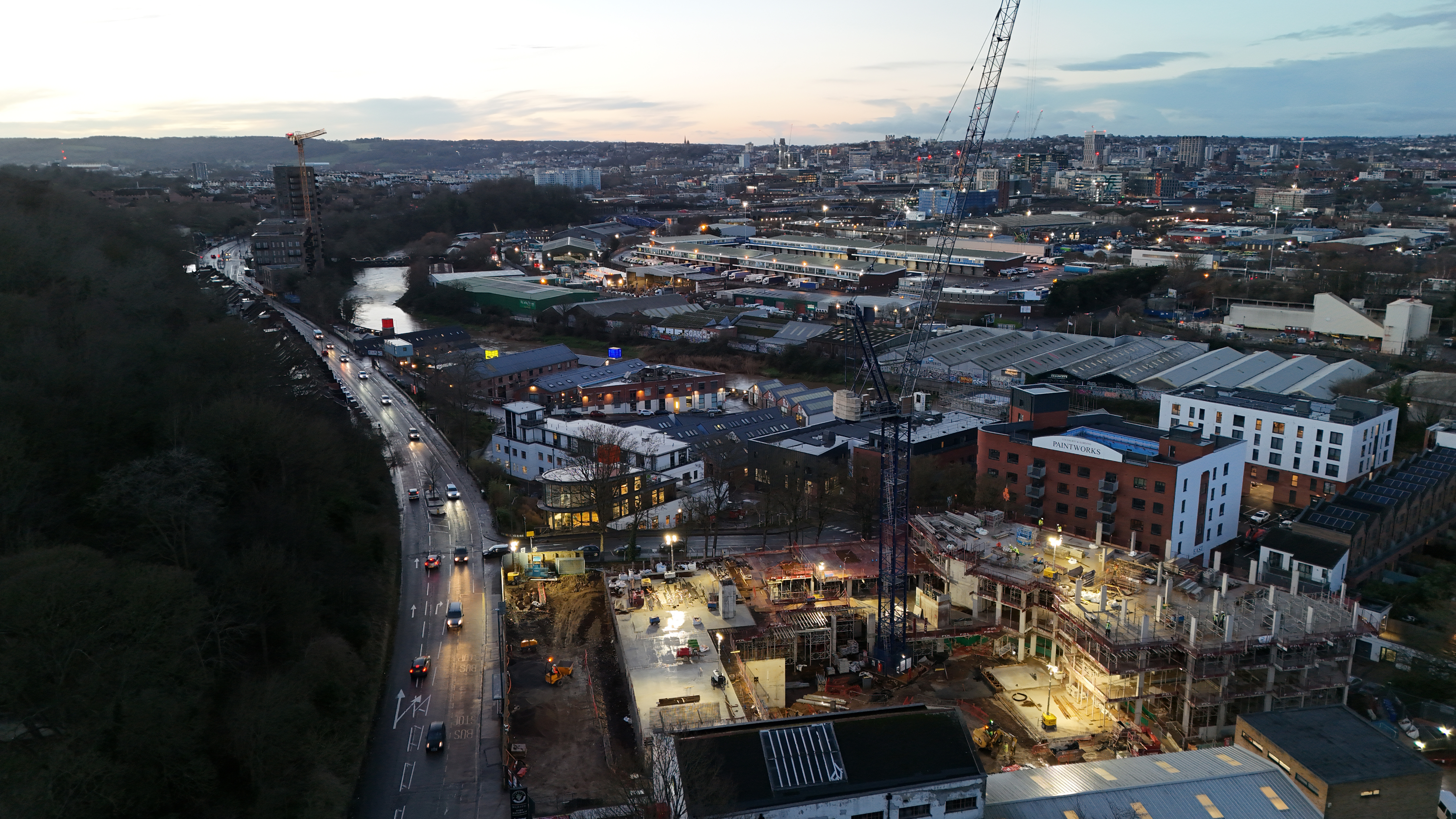
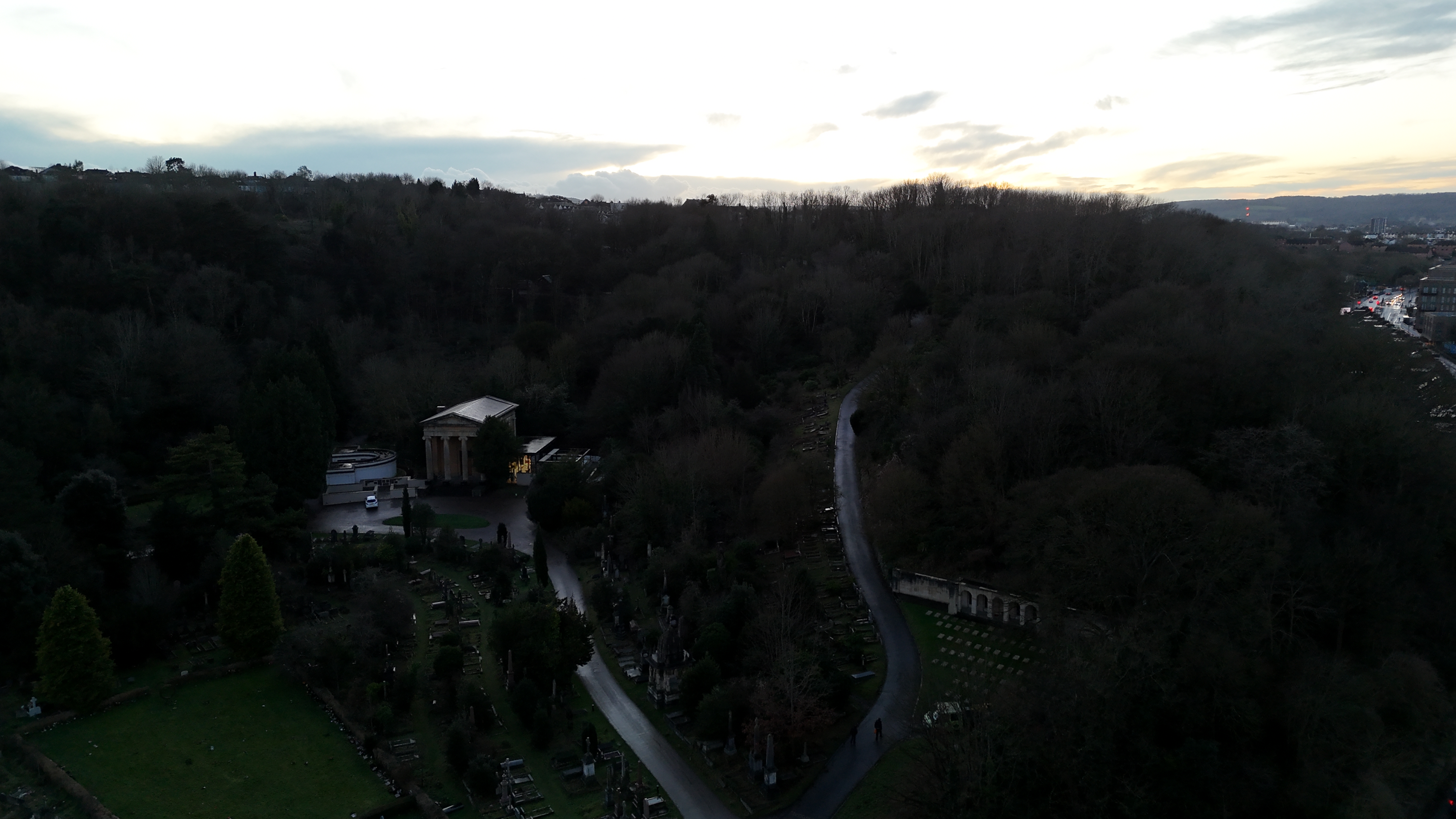
If you want to capture footage in low light, the Flip's f/1.7 lens does a decent job. The headlights reflecting on the road in the first photo have been captured well. However, the second photo is dark and underexposed. You can also see grain/noise in the trees on the right side in the far distance, and the tree lines aren’t very sharp either. The Flip’s low-light performance is better than that of the DJI Neo (f/2.8 aperture), though, as there was a lot of noise in the footage captured on the little drone.
DJI Flip review: Video quality
The DJI Flip truly comes into its own when it’s shooting video. You can shoot 4K video at 60fps or FHD at 100fps. All footage (except for vertical) in this review was shot in 4K/60fps, and you can see an example of just how smooth it looks above.
The Flip gives you manual control over its camera settings too, so you can adjust the shutter speed, exposure and ISO (up to 6,400), or you can let it work its magic automatically.
If you like sharing your 9x16 footage on Instagram and the like, you’ll be pleased to know that you can shoot 2.7K/FHD video at 30fps; you can see an example above. The RC-2’s screen draws a rectangular box around the scene it’s filming so you can see your footage in real-time. While not as impressive as 4K footage, 2.7K or even FHD is good enough for social media apps on a smartphone.
The three-axis mechanical gimbal that I mentioned before ensures that footage is stable, and you can see how smooth it is while panning and stopping above.
If you’re shooting in 4K or 2.7K, you can zoom in 3x, and 4x when shooting in FHD. The footage above demonstrates the 3x zoom. As with stills, you lose some detail when zooming in fully and the footage starts to appear fuzzy, but it’s still handy if you want to capture something in the distance.
You can also shoot in D-Log M with the Flip. This means that the drone captures a wider dynamic range to give you more freedom in post-production. I captured a couple of scenes and then color graded them in Adobe Premiere Pro, and you can see the result above.
DJI Flip review: App
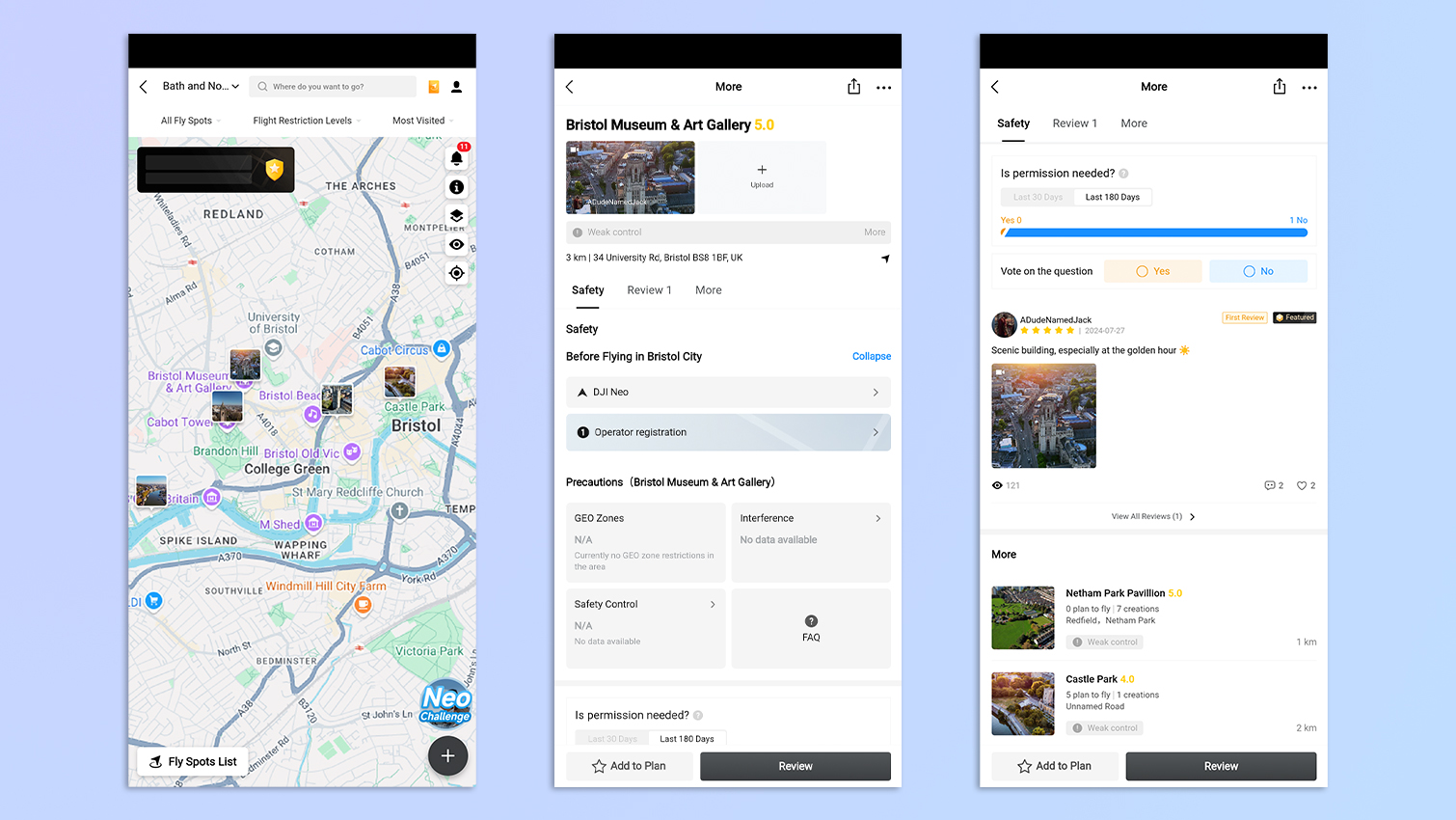
When using the RC-2 controller to fly the DJI Flip, you can rely on the controller’s screen which has the DJI Fly app built-in. However, if you’re using the RC-N3 controller (included with the drone for $439), you’ll need to download it on your smartphone. Free to download on iOS and Android, it’s your one-stop-shop for checking nearby fly spots and restrictions, updating the controller’s and drone’s firmware, sharing your footage with other DJI users, and offloading footage to your phone. The last feature is especially handy as microSD card storage can fill up quickly, especially if you’re shooting in 4K.
DJI Flip review: Battery life
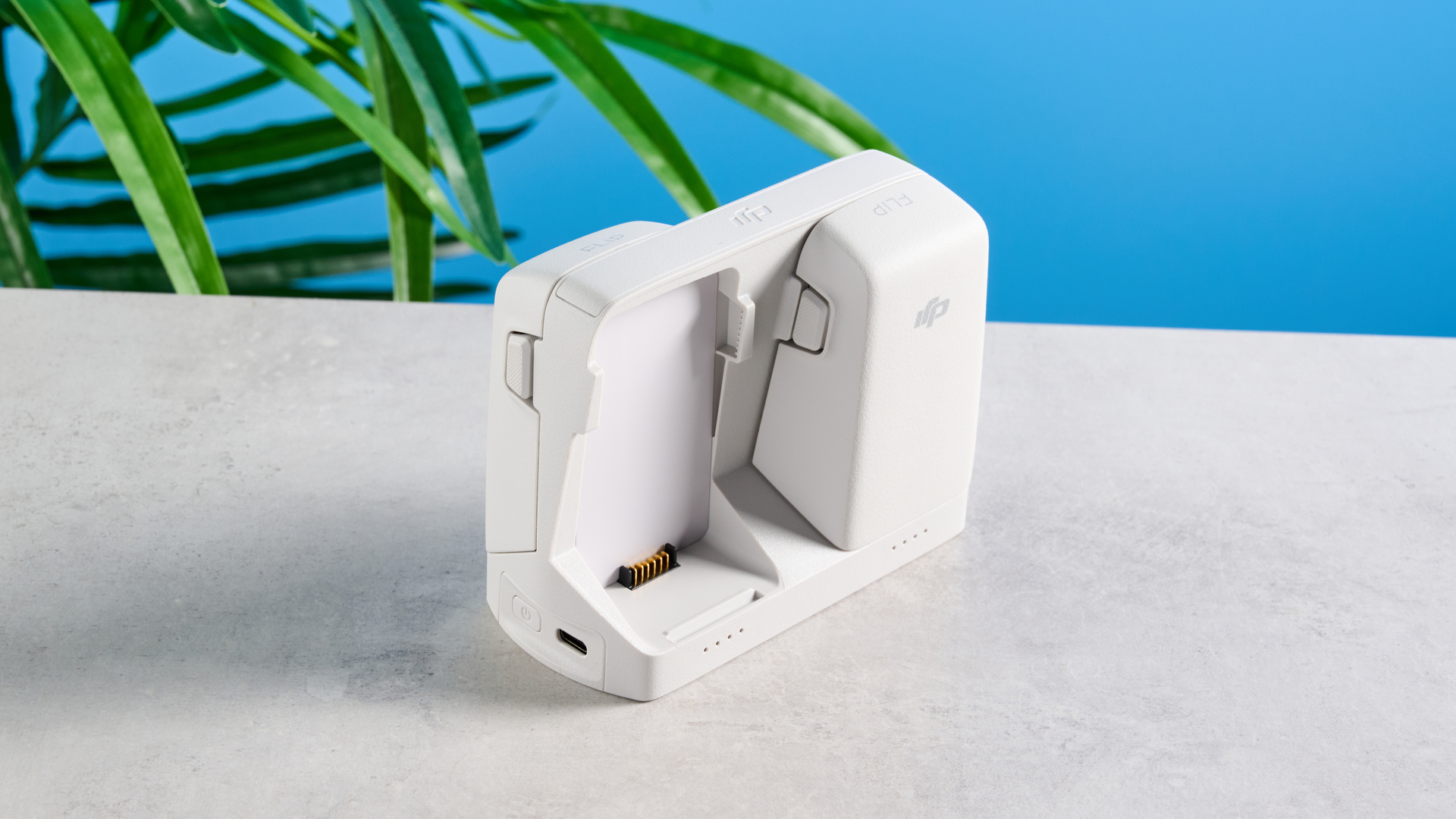
The DJI Flip has a flight time of 31 minutes on a single charge, based on me testing the drone in moderately windy conditions and recording in 4K at 30fps. Even though this drone is pricier than the DJI Mini 3, the Mini 3 has a better battery and can navigate the skies for 38 minutes. It’s worth investing in the Fly More combo as that will give you two spare batteries and a charging hub (which has a new, parallel design as compared to previous versions).
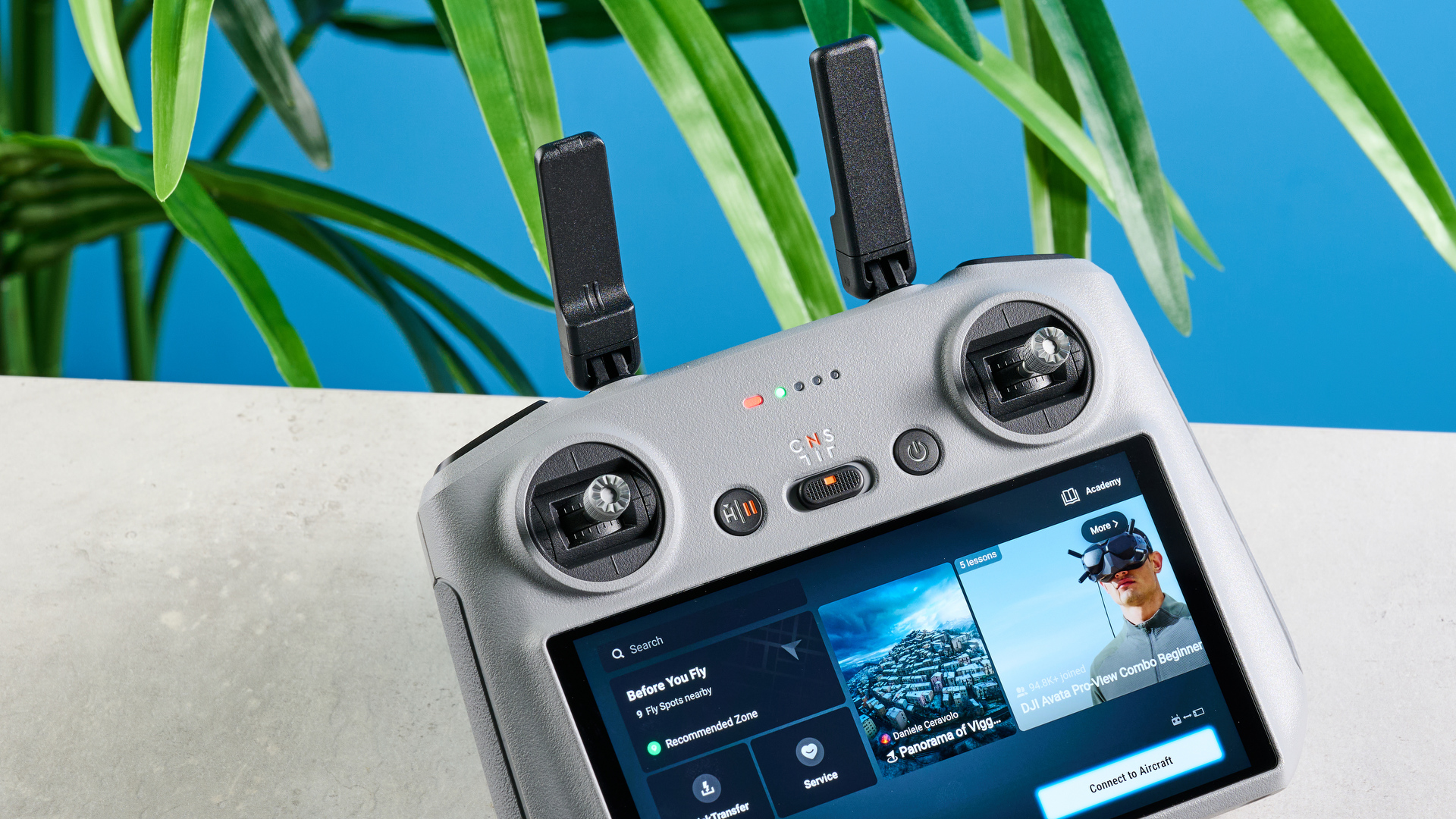
The Flip utilizes a USB-C port for direct charging, and it takes just under 90 minutes to go from zero to 100%. The RC-2 controller is fitted with a rechargeable Lithium-ion battery too, and after charging it for 90 minutes, it can last for up to four hours.
DJI Flip review: Verdict

If you’re looking to upgrade from your old DJI Mini 3 but don’t want to spend too much on the DJI Mini 4 Pro, then the DJI Flip is the right stepping stone for you. It looks fantastic and is built very well, and its compact size makes it comfortable to travel with. Fitted with a 48MP camera, the Flip captures detailed stills in both bright and dimly lit environments, and it captures stunning 4K/60fps footage. You can also shoot panoramas and create spheres, or toggle a QuickShot mode to have the drone circle around you or shoot away from you.
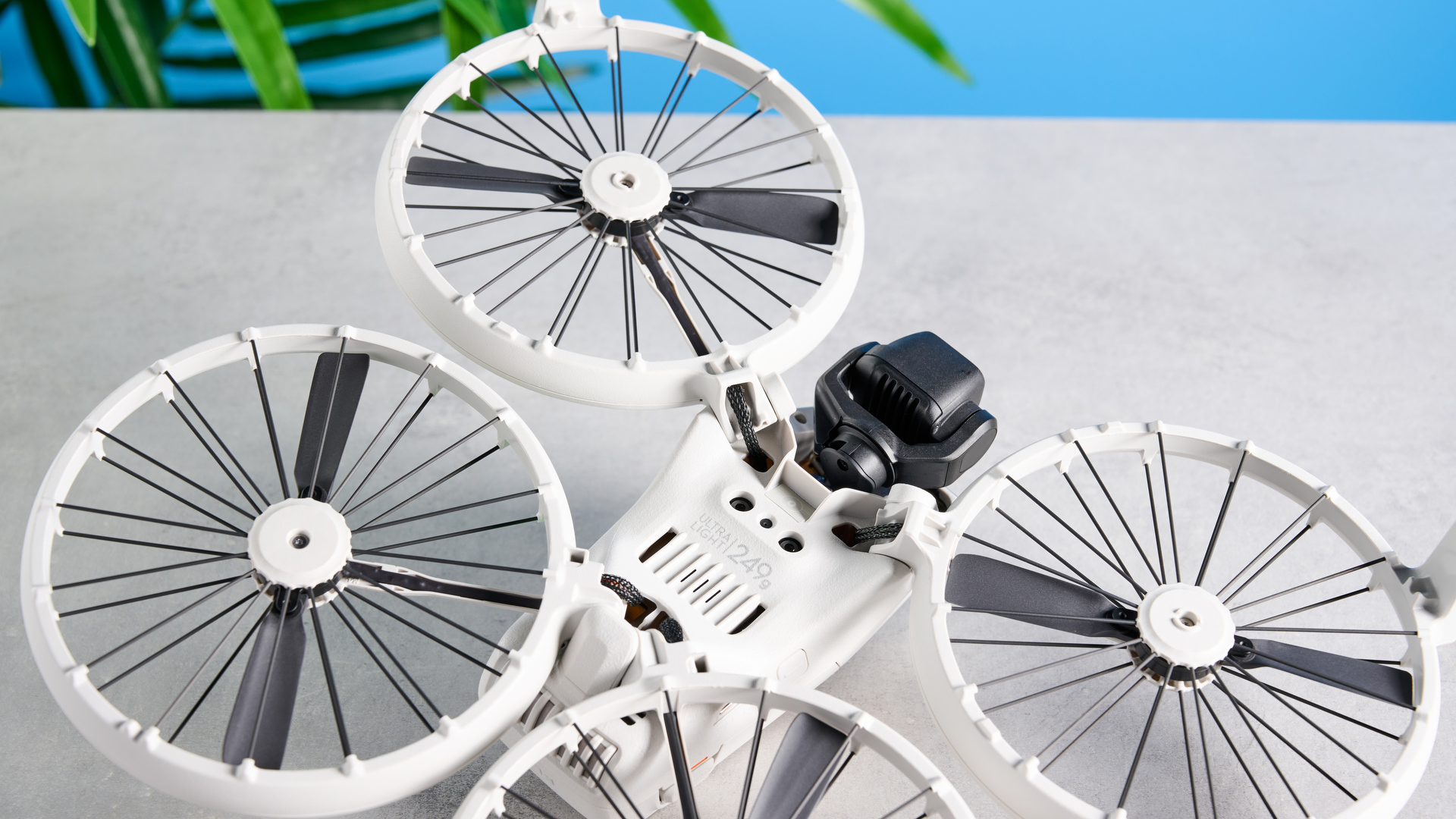
This isn’t to say the Flip is perfect, though. Obstacle avoidance is limited to front-facing only, while its battery life is lower than that of the cheaper Mini 3. Also, its light frame makes it susceptible to strong winds.
Regardless, priced at $439, I can’t think of a better drone for amateur aerial photographers — the Flip is well worth it.

Nikita is a Staff Writer on the Reviews team at Tom's Guide. She's a lifelong gaming and photography enthusiast, always on the lookout for the latest tech. Having worked as a Sub Editor and Writer for Canon EMEA, she has interviewed photographers from all over the world and working in different genres. When she’s not working, Nikita can usually be found sinking hours into RPGs on her PS5, flying a drone (she's a licensed drone pilot), at a concert, or watching F1. Her work has appeared in several publications including Motor Sport Magazine, NME, Marriott Bonvoy, The Independent, and Metro.
